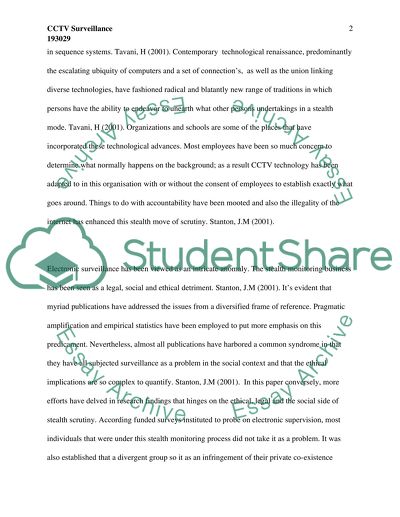Cite this document
(“CCTV Surveillance Essay Example | Topics and Well Written Essays - 3000 words”, n.d.)
Retrieved from https://studentshare.org/technology/1509661-cctv-surveillance
Retrieved from https://studentshare.org/technology/1509661-cctv-surveillance
(CCTV Surveillance Essay Example | Topics and Well Written Essays - 3000 Words)
https://studentshare.org/technology/1509661-cctv-surveillance.
https://studentshare.org/technology/1509661-cctv-surveillance.
“CCTV Surveillance Essay Example | Topics and Well Written Essays - 3000 Words”, n.d. https://studentshare.org/technology/1509661-cctv-surveillance.


